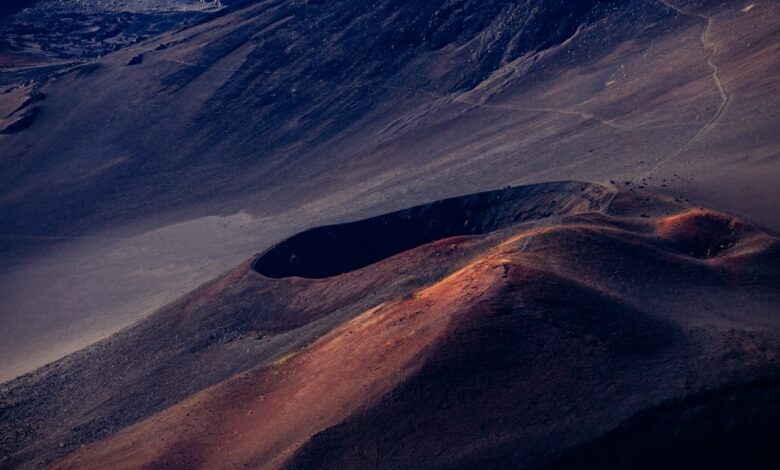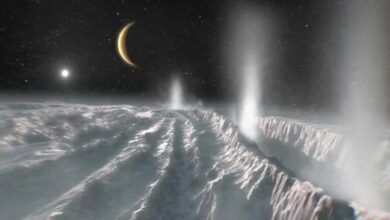Discover how huge craters form in Siberia’s permafrost

In Siberia, a huge crater exploded in the tundra, sending ice and rock hundreds of meters away and creating a large circular scar. The event marked the 17th crater discovered on the Yamal and Gyda peninsulas since 2013, and has attracted considerable scientific interest. The craters are believed to be linked to climate change, with modern tools such as drone photography, 3D modeling, and artificial intelligence (AI) helping to analyze them.
Scientific exploration
Dr. Evgeny Chuvilin, a principal researcher at the Center for Hydrocarbon Extraction at the Skolkovo Institute of Science and Technology in Moscow, stressed that the new crater is exceptionally well preserved, providing a rare opportunity to study a “fresh” crater, according to a CNN report. report. For the first time, researchers used a drone to explore the depths of the crater, down to 10 to 15 meters below the surface. This allowed them to create a detailed 3D model of the crater, which is 30 meters deep.
Findings and hypotheses
Igor Bogoyavlensky from the Oil and Gas Department Research The Institute of the Russian Academy of Sciences, which operated the drone, described the difficulty of controlling it from the edge of the deep crater. The 3D model revealed unusual caverns in the lower part of the crater, confirming the theory that methane gas accumulates in an underground cavity, causing an explosive eruption and forming the crater.
Methane sources and climate impact
The source of the methane remains uncertain; it could come from deep within the Earth or closer to the surface, or both. Permafrost, which stores large amounts of methane, is weakening due to rising temperatures in the Arctic, allowing the gas to escape. Satellite images estimate the crater formed between May 15 and June 9, 2020, with the crater first identified on July 16, 2020.
Future research and monitoring
Predicting these blowouts remains a challenge, but scientists at the Woodwell Climate Research Center in Massachusetts are developing algorithms to track changes in the landscape and predict potential crater formation. Their model successfully predicted new craters, underscoring the dramatic changes in the Arctic.




